This site is part of various affiliate programs. Links may give us a small compensation for any purchases you make, at no additional cost to you. Please read the disclaimer policy for full details.
My top choice is the XP-Pen Artist 15.6 Pro but there are some situations where the Huion Kamvas Pro 16 is better.
Both the Kamvas Pro 16 and the Artist15.6 Pro from Huion and XP-Pen respectively seem pretty similar at first glance, but there are a handful of differences that are important to know about before you buy.
This article quickly covers the key points you should look out for, along with more detailed descriptions of why the differences between the drawing tablets might matter to you.
Overview of the Huion Kamvas Pro 16 vs XP Pen 15.6 Pro
This comparison is for the Pro versions of both the Kamvas 16 and XP Pen 15.6, but there are also non-Pro versions available for a lower price and with less features. Compare the difference between the Kamvas Pro and non-Pro, and compare Huion and XP Pen more generally in the linked articles to learn more about these.
Premium anti-glare glass is a winner for professionals
- 15.6 inch full HD screen is the ideal size for most uses
- Fully laminated screen meaning a smaller gap between the pen nib and the screen (low parallax), for greater accuracy
- Has a touch bar and 6 customizable buttons
- Premium anti-glare glass is superior for drawing than the anti-glare film on the XP Pen
- Lighter than the XP Pen
- Must be powered through a wall socket
- Only has 6 customizable buttons
- More expensive than the XP Pen 15.6 Pro
Lower price makes this more suitable for beginners
- Full HD 15.6 inch, with the same color gamut as the Kamvas Pro
- Fully laminated screen for minimal parallax and better drawing accuracy than the non-Pro line
- 8 customizable buttons and a useful dial
- Cheaper than the Kamvas
- Can be powered by USB – no need for a wall socket
- Anti-glare film that can trap air bubbles and feels less premium than the Kamvas
- The pen is not flawless (eg. more jitter), and requires more calibration
Read the full overview of all drawing tablets with screens, or of all drawing tablets for Photoshop.
XP Pen Artist 15.6 Pro vs Huion Kamvas Pro 16: Real-World Differences
Differences on paper don’t matter as much as differences in practice. See the real-world differences of the Huion Kamvas Pro 16 vs XP Pen 15.6 in the table below, with full explanations of each below the table.
| Differences between the Huion Kamvas Pro 16 and XP Pen 15.6 Pro | 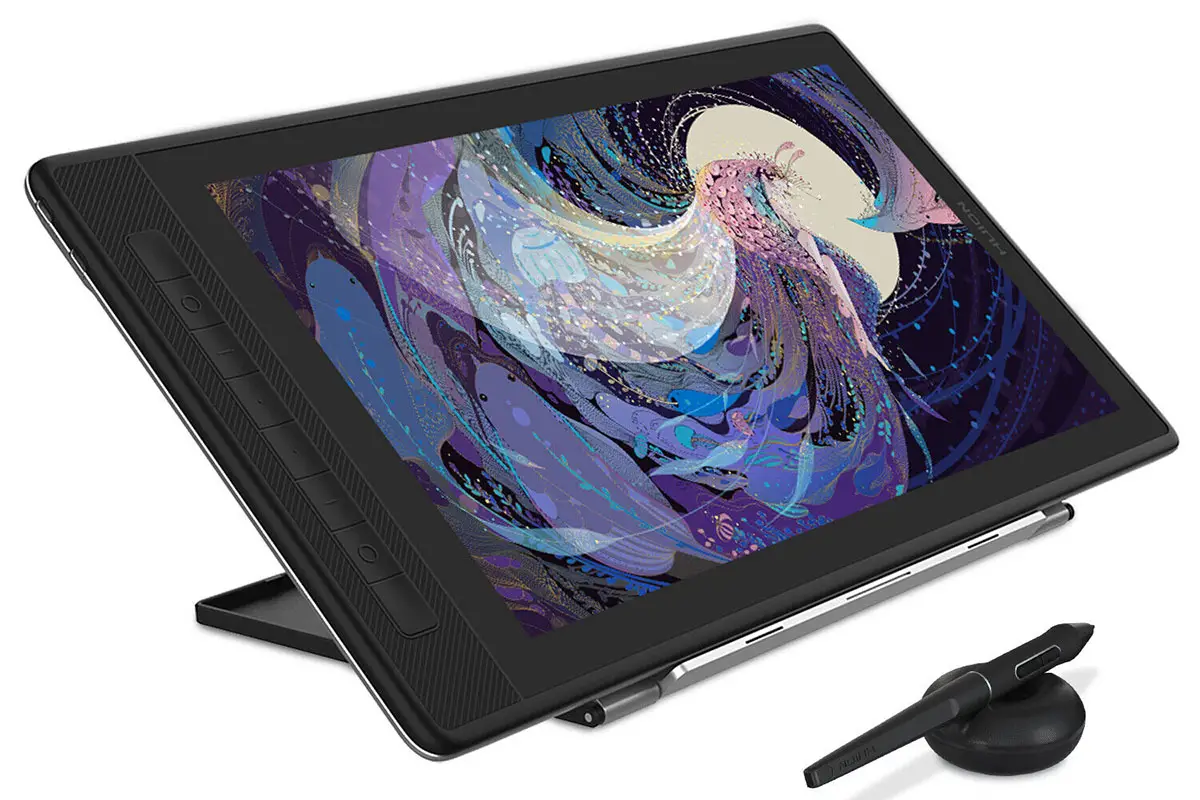 |
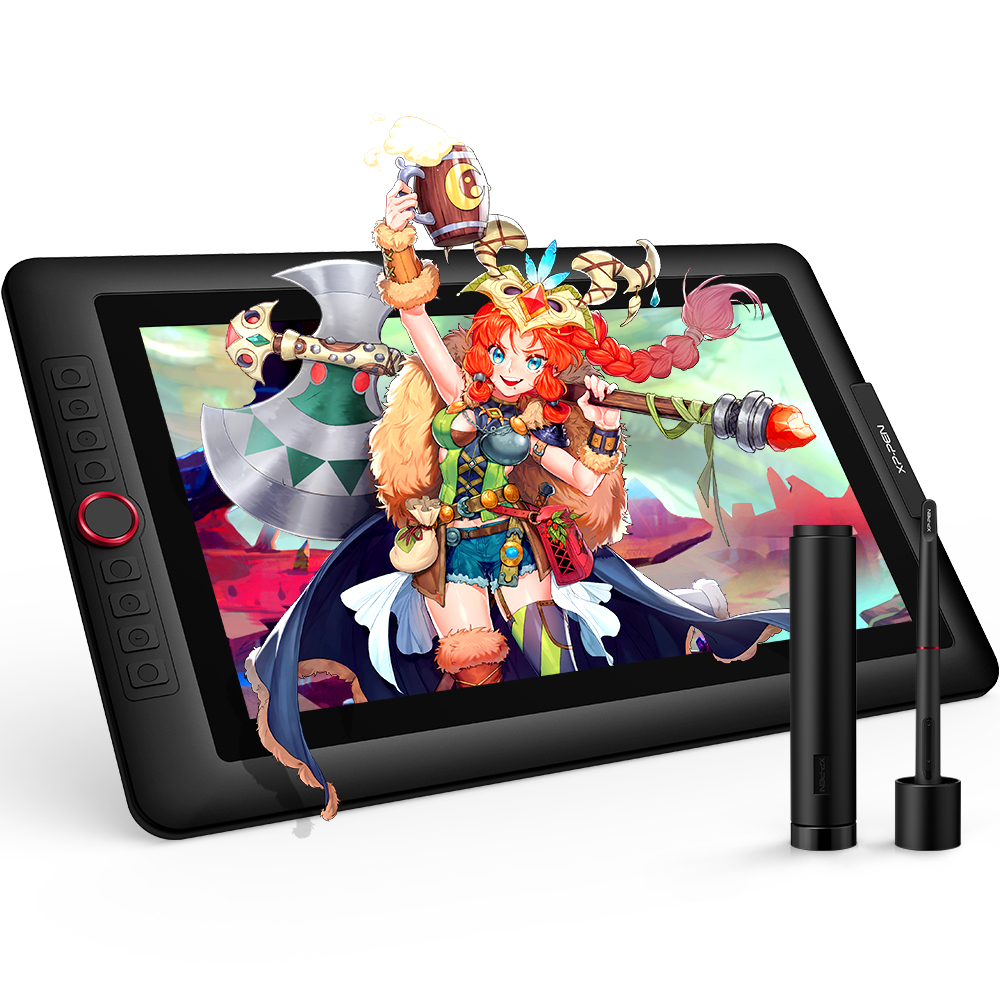 |
|---|---|---|
| Buttons |
|
|
| Anti-Glare Glass |
|
|
| Power |
|
|
| Pen Accuracy |
|
|
| Weight & Portability |
|
|
| Cost |
|
|
What do the differences mean in practice?
- Buttons.
- The Kamvas Pro 16 has only got six customizable buttons and a touch bar. Personally, I find that the more buttons a tablet has, the better, as they are very helpful for assigning keyboard shortcuts in Photoshop and other programs. Also, the touch bar is good, but not as intuitive to use as the dial on the XP Pen.
- The XP Pen Artist 15.6 Pro has eight customizable buttons, and a very useful programmable dial, which is helpful to change brush size, zoom, etc.
- Anti-Glare Glass.
- The Kamvas Pro 16 has premium anti-glare glass. This is more scratch resistant than the film you get on cheaper models and offers a more textured drawing surface. It also reduces parallax, and therefore accuracy, but not having an extra layer on top of the screen. Only premium drawing tablets with screens have anti-glare glass, and this can make a real positive difference to your drawing experience.
- The XP Pen has only anti-glare film. This is more scratch susceptible, and can get air bubbles trapped beneath it. The only advantage of film is that it is user replaceable, which is something you will have to do when it accumulates too many scratches.
- Power.
- The Kamvas 16 can only be powered from a wall socket, making it much less portable and less suitable to use with a laptop.
- The XP Pen 15.6 can be powered via two USB cables from your desktop or laptop. This is incredibly useful for those who think they may be using the tablet away from home regularly.
- Pen Accuracy.
- The Kamvas Pro 16 has a pen accuracy of +/- 0.5 mm in the center of the tablet, and +/- 3mm in the tablet edges.
- The XP Pen 15.6 Pro has a pen accuracy of +/- 0.25 mm in the center, but they do not publish accuracy for the tablet edges. In practice, you are probably not going to notice this difference, as it is very small.
- Weight & Portability.
- Although the Kamvas 16 is both slightly smaller and lighter than the XP Pen 15.6, the difference is minimal and you are unlikely to notice this in practice.
- Cost.
- The Kamvas 16 Pro is priced higher than the XP Pen Pro 15.6, which can be attributed to the anti-glare glass. Whether this is value for money for you depends on how you value drawing experience vs portability and extra buttons.
Both tablets share:
- Panel Size of 15.6 Inches. Both tablets have active areas that are the same size.
- sRGB Color Gamut of 120%. Color is vibrant on both tablets.
- Full HD (1920 x 1080) Display with an IPS panel.
- Fully Laminated Screens to Reduce Parallax.
- Same Brightness, Viewing Angle and Response Rate.
- 8192 Levels of Pen Pressure Sensitivity. And 5080 Lines per Inch (LPI) resolution.
- Same +/- 60 Degrees of Pen Tilt Detection.
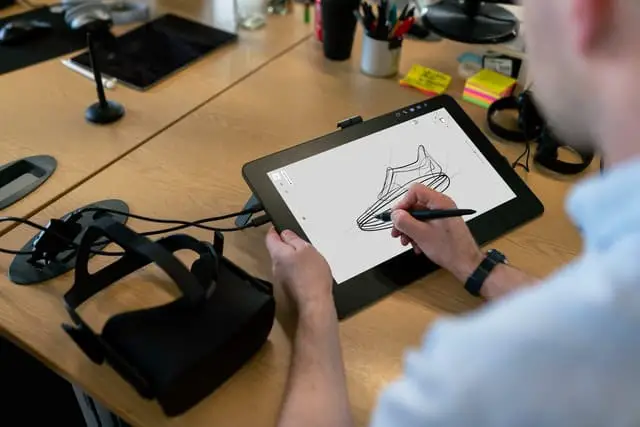
XP Pen Artist 15.6 Pro or Huion Kamvas 16 Pro?
Both graphics tablets deliver a performance that is not far below that of the leading Wacom Cintiq model, with large, bright and colorful displays in full HD resolution.
Of course there are limitations to these budget brands, particularly in the software and driver department, with programs that are not as easy to use as Wacom’s, and which can be more buggy. If you wanted a premium, flawless experience, then you should still look to the Wacom Cintiq, but both XP Pen and Huion are very good choices for beginners and those on a more strict budget.
Both screens offer full lamination, which is not a guarantee at this price point, and means that parallax, where the cursor does not appear to be underneath the pen nib, is minimal.
In my opinion, the XP Pen Artist 15.6 Pro just takes the winners spot, as the lower price, combined with the useful programmable dial and game-changing ability to power entirely though USB outweigh the loss of the anti-glare glass.
But if you know that you don’t take good care of your devices, then the Kamvas 16 Pro could be the better choice, as the anti-glare glass and slightly more premium construction will stand up better to knocks and scratches in the long run.
Read Related Articles:

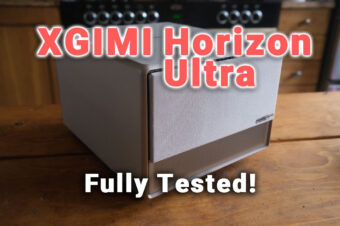


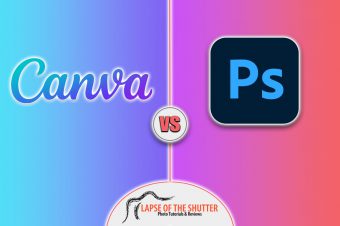
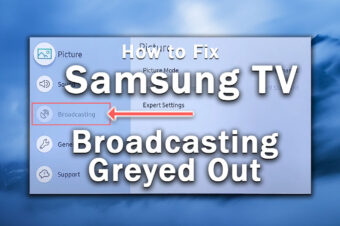
Leave a Reply